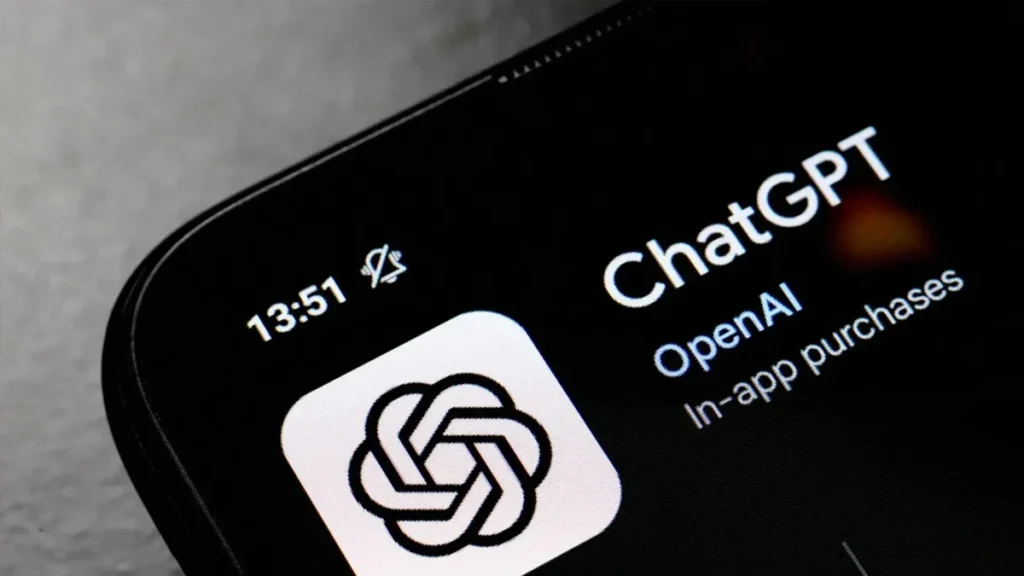ChatGPT for Budgeting—budgeting isn’t exactly exciting. Between tracking expenses, forecasting income, and trying to save for that trip you’ve been dreaming about, it can feel overwhelming. But what if I told you there’s a free, easy way to make budgeting simpler—and even a little fun?
That’s where ChatGPT comes in.

Why Use ChatGPT for Budgeting?
Before we dive into the how, let’s talk about the why.
-
It’s accessible: No need to install complicated software.
-
It’s free (at least the basic version).
-
It doesn’t need your bank logins: So you stay in control of your financial info.
-
It’s fast: You can get budgeting help in seconds.
Plus, if you’re someone who doesn’t enjoy spreadsheets or doesn’t know where to begin, ChatGPT can offer structure and guidance that feels personal and non-judgmental.
Step 1: Set Your Budgeting Goal
Start by telling ChatGPT what you’re trying to achieve. You might type something like:
“I want to create a monthly budget to save $200 while paying rent, groceries, and other expenses.”
ChatGPT will likely ask you for more details—your income, fixed expenses (like rent), and variable expenses (like food or entertainment). It’ll then help you sketch out a basic plan.
This is especially helpful if you have no idea where your money is going. ChatGPT won’t track your transactions, but it can help you categorize your spending and suggest limits based on your goals.
Step 2: Categorize Your Expenses
Once you’ve listed your expenses, ask:
“Can you help me group these into fixed and variable categories?”
This is where ChatGPT shines. It can break your spending into categories like:
-
Fixed: Rent, subscriptions, insurance
-
Variable: Groceries, eating out, shopping
This classification helps you figure out where you can actually cut back.
Step 3: Create a Realistic Budget
Ask ChatGPT something like:
“Based on these expenses and my $2,000 monthly income, how should I budget each category?”
ChatGPT can use the 50/30/20 rule (or any rule you prefer) to suggest budget allocations:
-
50% for needs
-
30% for wants
-
20% for savings or debt
You can tweak the numbers together until it feels doable. Think of it like chatting with a super-smart (and free) financial coach.
Step 4: Track & Review Weekly
Budgeting is not a one-time activity. You can ask ChatGPT to help you set up a simple weekly check-in system. For example:
“Help me create a weekly budget review checklist.”
You’ll get a custom list like:
-
Check how much you spent in each category
-
Adjust next week’s spending if you overspent
-
Note any unexpected expenses
Even better, you can ask:
“Remind me every Sunday to review my budget.”
While ChatGPT won’t send reminders directly, you can copy that into your calendar or task app.
Step 5: Ask for Money-Saving Ideas
Here’s where it gets fun. You can ask ChatGPT:
“Give me 5 ways to save money on groceries this month.”
Or:
“How can I reduce my electricity bill without changing my lifestyle too much?”
ChatGPT will give you practical, often surprising suggestions that you can try right away.
Real-Life Example
Let’s say you’re earning ₹50,000/month (or $2,000), and your expenses look like this:
-
Rent: ₹18,000
-
Food: ₹6,000
-
Travel: ₹3,000
-
Subscriptions: ₹1,000
-
Shopping & fun: ₹5,000
You tell ChatGPT your goal is to save ₹5,000/month. It can help you redistribute funds, maybe by cutting shopping to ₹3,000 and reducing food costs slightly. You don’t have to guess—it does the math for you.
Final Thoughts
Budgeting doesn’t have to be scary or time-consuming. With ChatGPT by your side, you don’t need to be a financial expert. Just be honest about your income, track your expenses, and use the tool like you’re chatting with a helpful friend.
Whether you’re saving for a new laptop, clearing debt, or just trying to stop feeling broke before payday, ChatGPT can help you plan smarter, spend more mindfully, and build a future you’re proud of.
So go ahead—open ChatGPT and ask it to help with your budget. You might be surprised by how easy (and even empowering) it feels.
